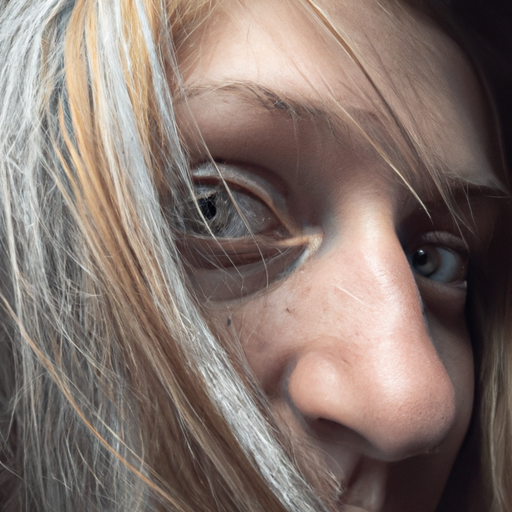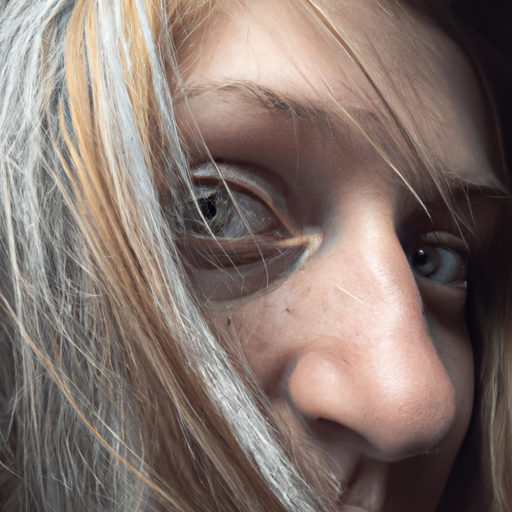Title: Unmasking Clear Skin: A Comprehensive Analysis of Acne Treatments
Acne, a common skin condition that affects millions worldwide, can be a source of discomfort and insecurity for many. The quest for clear, radiant skin often leads individuals on a journey through various acne treatments. This article aims to provide an expert’s deep dive into the world of acne treatments, shedding light on the most effective solutions and debunking common myths.
Acne is primarily caused by the overproduction of oil, blocked hair follicles, inflammation, and the buildup of bacteria. These factors can be triggered by hormonal changes, stress, diet, and certain medications. Understanding these causes is crucial in determining the most suitable acne treatment.
Over-the-counter (OTC) treatments are often the first line of defense against acne. These products typically contain active ingredients like salicylic acid, benzoyl peroxide, and sulfur, which work by reducing oil production and inflammation while killing acne-causing bacteria. However, OTC treatments may not be effective for everyone, particularly those with severe or persistent acne.
For stubborn acne cases, prescription medications may be necessary. Topical retinoids, antibiotics, and oral medications like isotretinoin are commonly prescribed by dermatologists. These treatments target the root causes of acne more aggressively but may come with side effects such as dryness, sensitivity to sunlight, and in some cases, mood changes.
Another effective acne treatment is light therapy. Blue light therapy targets the bacteria causing acne, while red light therapy reduces inflammation and promotes healing. However, these treatments require multiple sessions and can be costly.
In recent years, natural remedies have gained popularity as alternatives to traditional acne treatments. Tea tree oil, green tea extract, and aloe vera are known for their anti-inflammatory and antibacterial properties. While these remedies can be beneficial for mild acne, their effectiveness against severe acne is still under research.
It’s important to note that everyone’s skin is unique, and what works for one person may not work for another. Therefore, a trial-and-error approach is often necessary to find the most effective treatment. Additionally, maintaining a consistent skincare routine, eating a balanced diet, and managing stress can significantly improve acne.
In conclusion, the journey to clear skin involves understanding the causes of acne, exploring various treatments, and finding what works best for your skin. From over-the-counter products and prescription medications to light therapy and natural remedies, there are numerous acne treatments available. However, patience and consistency are key as most treatments take time to show results.
Remember, achieving clear skin is a process, not an overnight miracle. Don’t be disheartened if the first treatment you try doesn’t yield immediate results. Keep exploring your options, consult with a dermatologist if necessary, and most importantly, be patient with your skin.
Keywords: Acne, Clear Skin, Acne Treatments, Over-the-counter Treatments, Prescription Medications, Light Therapy, Natural Remedies.




